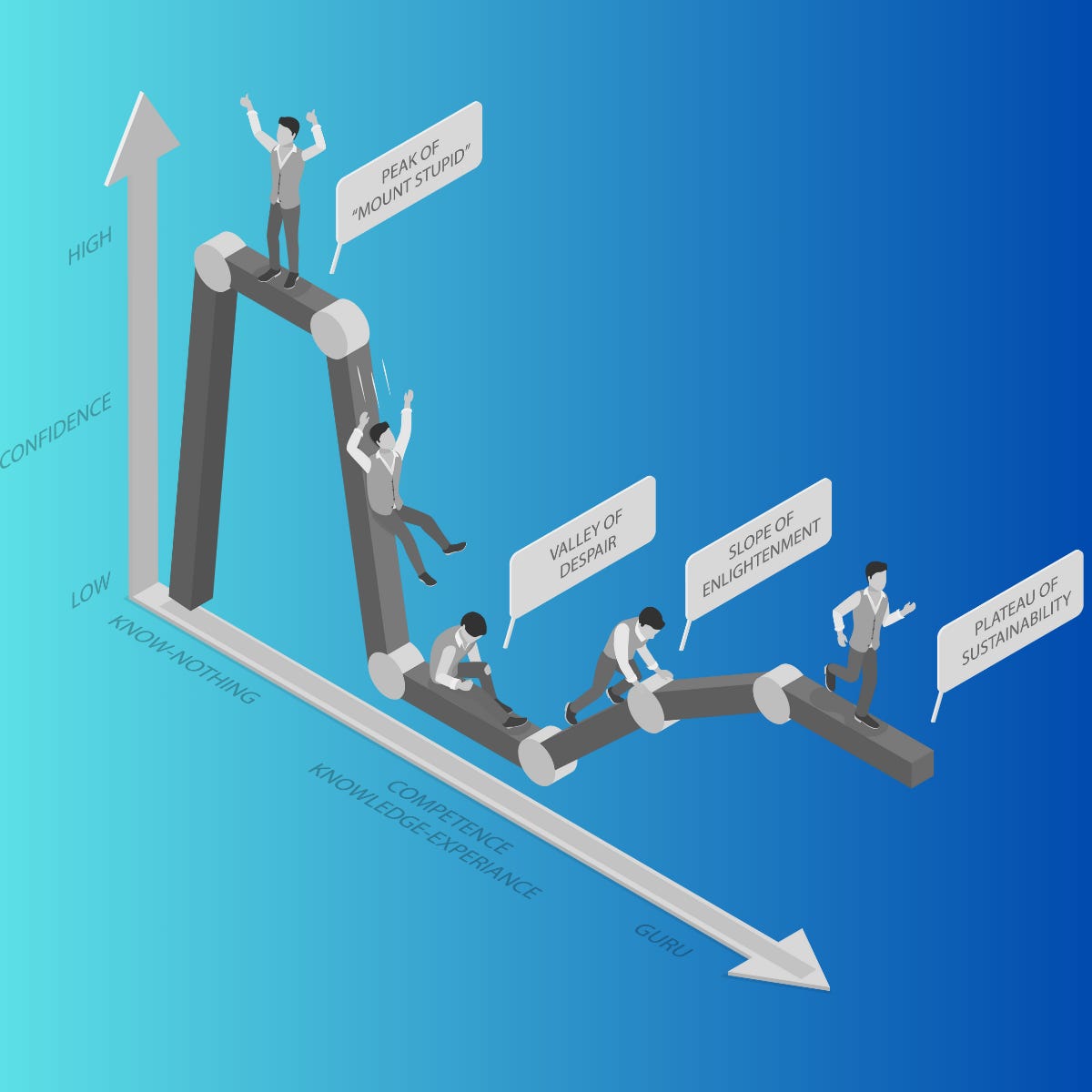Clients sometimes make stuff up!
A couple of years ago, a new client told me they had formed cross-functional teams before I was brought on. They also proudly declared that they had read Team Topologies, which describes in detail the composition of and benefits from teams that have end-to-end responsibility of a product or service.
My client talked about these two things as a badge of honor. So I took it at face value and started to build on that foundation.
I'm a little embarrassed to admit that it took me weeks to realize that their "cross-functional" meant something different than the definition I knew. They meant "teams of testers working on different devices." These devices were programmed on another team and then pushed to production by a third team.
To state the obvious: This structure does little to create the efficiencies and flow desired in high-performing organizations. Dependencies between teams are the primary killer of flow.
Don’t just change the words. Change the actual structure that is holding your inefficient structure in place!

Messy humans making messes
I’m cutting myself some slack for missing it because, boy, did they believe their own stories. But, in hindsight, the clues were obvious:
🪶 Looks of puzzlement when I asked what business outcomes a team might accomplish.
🪶 Resistance when I started inquiring about dependencies between teams.
🪶 Active defensiveness when I tried to explore why teams were complaining about how “agile” had made their lives worse.
The Dunning-Kruger effect tells us that people with limited knowledge or skills in a certain area may not be aware of how much they do not know. While this is normal human behavior and part of most change initiatives, it's important to guide people who are learning new terminology and concepts, so they don't start wielding them like swords at a Renaissance Faire. Those things are sharp.


I don't know what's harder to deal with: the Dunning-Kruger-affected worker who has somehow managed to attain a position of authority and power in the company, or the equally Dunning-Kruger-affected teenager living in your house. :-)
Good story.
Speaking of misunderstandings and mismatched meanings: (a brief story)
I coached 5 teams in a large insurance company after a small army of McKinsey consultants had "transformed" them. They kept talking about "velocity" and — naturally — I wanted to talk them down off that ledge. After a few conversations, I sensed something was off so I asked one of the VPs to explain what he meant by that word: velocity. He replied with something like, "the time it takes to get a feature done…ya know…Time To Market!"